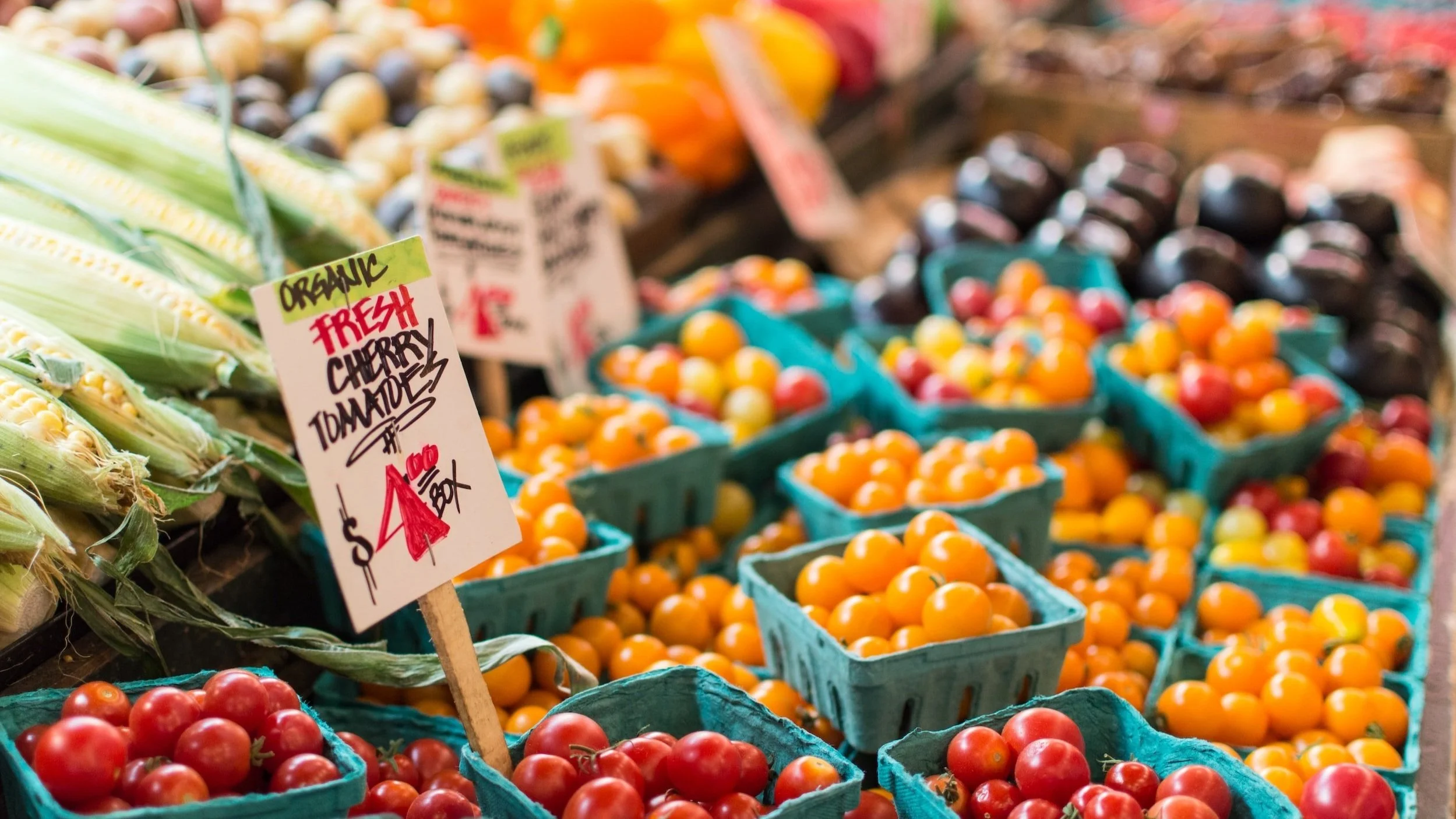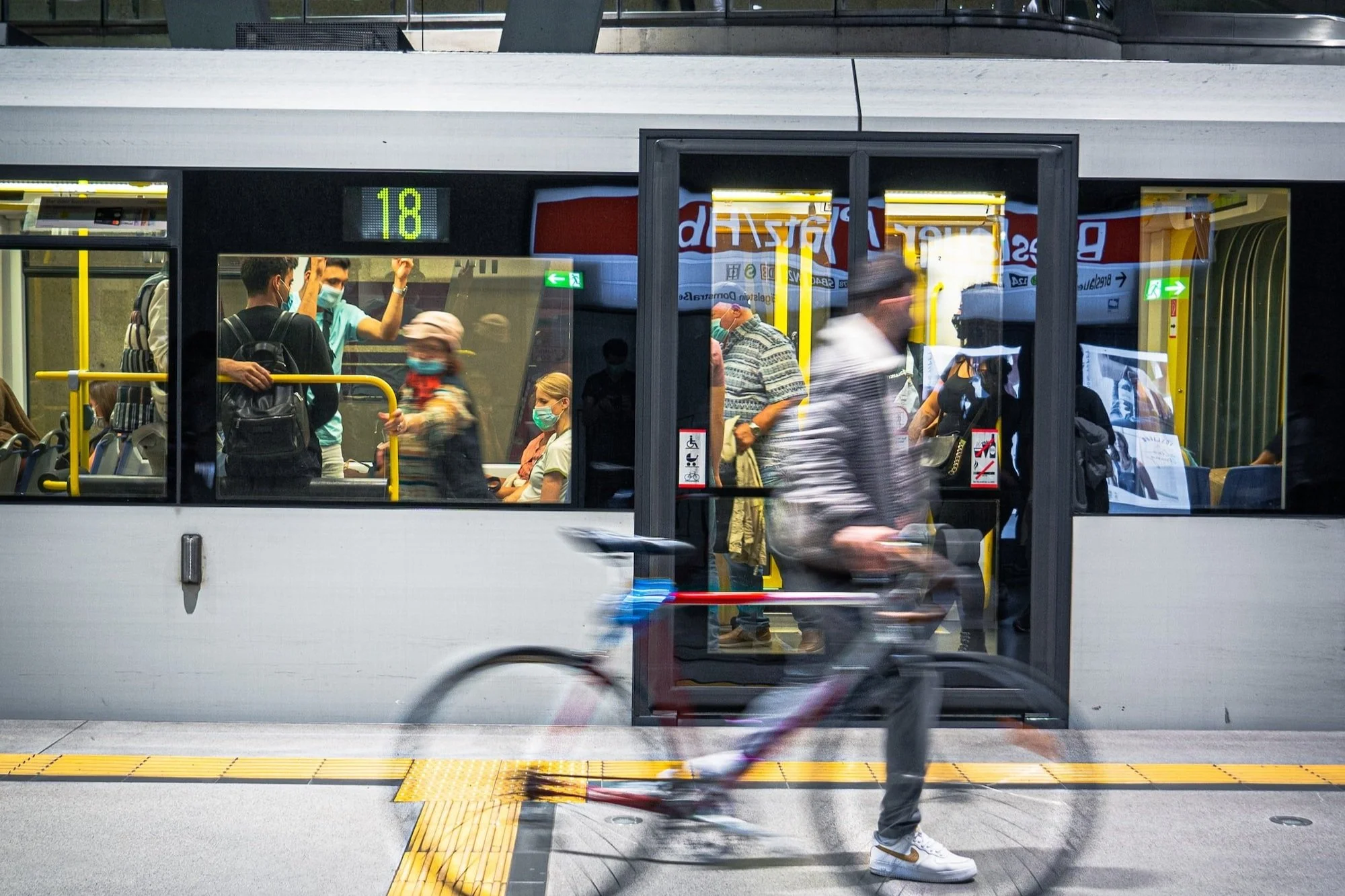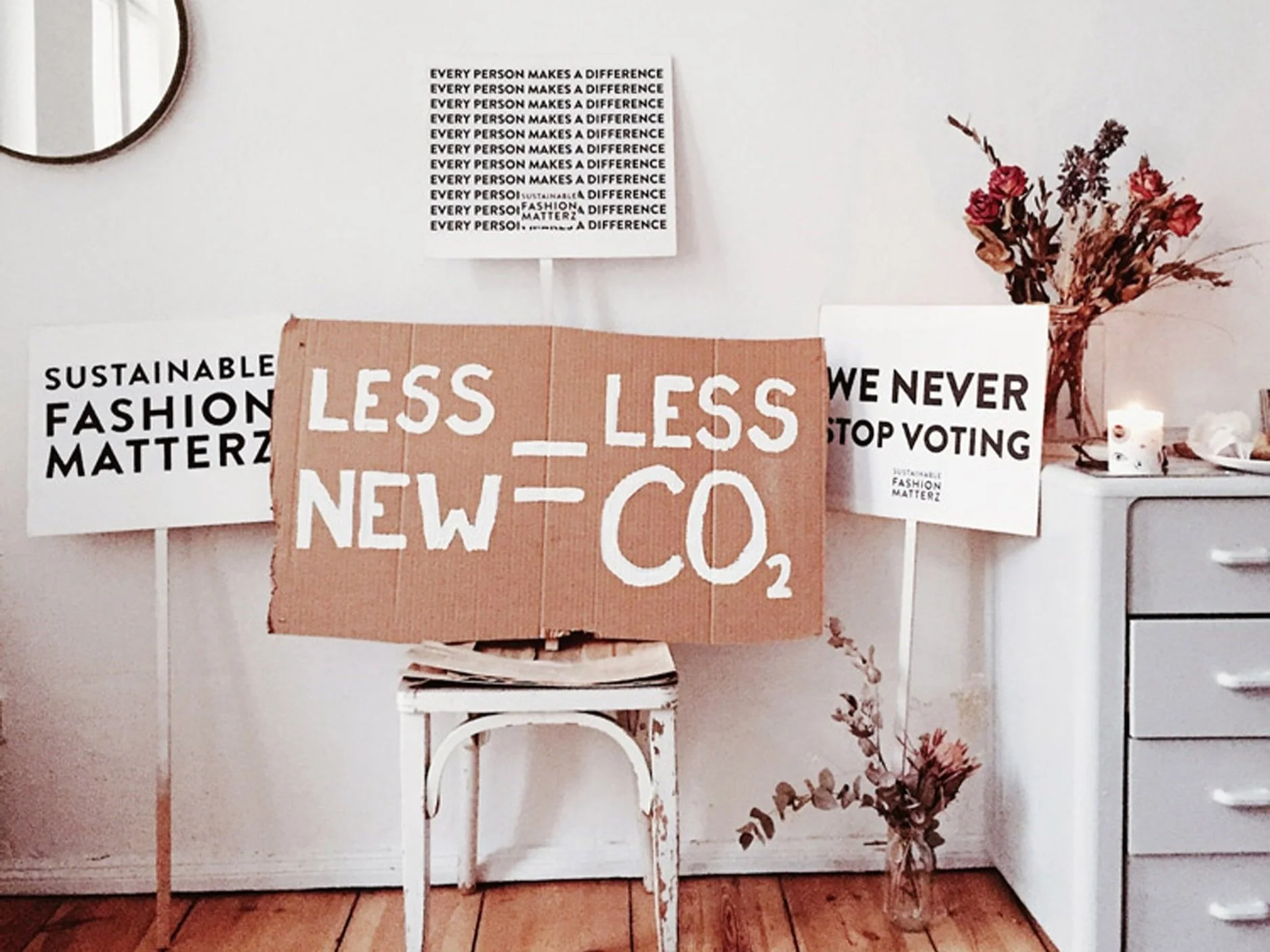Sustainable living - How to live sustainably on a budget - Tips for saving money & carbon!
Living sustainably is becoming more important than ever as we face the challenges of climate change and resource depletion. However, with the cost of living on the rise, many people may feel that it is difficult or even impossible to make sustainable choices. Fortunately, there are many ways to live more sustainably without breaking the bank and can be easier than you think. Here are some budget-friendly tips on how to do so.
Let’s start with the Three R’s – REDUCE, REUSE, RECYCLE
REDUCE
Reduce your energy consumption: One of the easiest ways to live more sustainably is to reduce your energy consumption. This can be as simple as turning off lights and appliances when they are not in use, using energy-efficient light bulbs, and unplugging electronics when they are not being used. You can also reduce your energy consumption by adjusting your thermostat to conserve energy during the colder months or using fans instead of air conditioning during the warmer months.
Reduce your water consumption: Another way to live more sustainably is to reduce your water consumption. This can be achieved by taking shorter showers, fixing leaks, using a low-flow showerhead, only run the dishwasher and washing machine when necessary and collecting rainwater for use in your garden. Water conscious behaviours not only help save the precious resource, but also reduce bills.
Reduce your waste: Another important way to live more sustainably is to reduce your waste. This can be achieved by reducing your use of single-use plastics, recycling, composting, and repurposing items instead of throwing them away. By reducing your waste, you can save money on garbage fees and also reduce your environmental impact.
REUSE
· Replace single-use products with reusable alternatives – e.g. reusable water bottles, straws and cutlery, bring your own coffee cup and shopping bags, store food in glass containers and reuse jars.
· Buy second-hand.
· Share & Borrow – There are many sharing communities & private groups on social media platforms like Facebook where you can ask to borrow what you need.
RECYCLE
· Before throwing an item away, think weather it can be reused in any way!
· Aluminium, metal and glass can be recycled infinitely.
· Be informed on your local recycling guidelines.
UPCYCLE & DIY
Repurpose glass jars or tins.
· These can easily be used as candle holders, pen holders, plant pots, even storage solutions for nails, screws, buttons and other random things.
· Take these empty jars to your local bulk food store and fill with various items such as lentils, nuts, rice and many more. This may also cost less than pre-packaged goods from regular grocery store and give you more control over the amount you buy to prevent food waste.
· Use empty jars for your home-cooked meals when on the go or fill them up with leftovers giving out to family or friends.
Old clothes & bedding – Old shirts, t-shirts and sheets can easily be cut up into reusable cleaning cloths.
If you’re feeling a little crafty…wooden pallets & timber off cuts can be up cycled into outdoor furniture, coffee table, planter, shelves, flower walls or other storage.
BUY LOCALLY, SEASONALLY AND PLAN: Buying locally and seasonally is not only better for the environment, but it can also be more cost-effective. Locally grown produce is often cheaper than imported produce, and it is also fresher and tastier. Additionally, buying seasonally means that you are not paying a premium for out-of-season produce.
To eat more sustainably whilst on a budget it’s important to plan out your meals at the beginning of the week. Start with what you already have in your cupboard and work from there. This will help to reduce the cost of your weekly shop and cut down on food waste.
USE PUBLIC TRANSPORT OR CARPOOL: Using public transportation or carpooling can significantly reduce your carbon footprint and save you money on fuel and car maintenance. Additionally, walking or biking to work or school can be a great way to get exercise and reduce your environmental impact.
EAT LESS MEAT: Eating less meat can have a significant impact on your carbon footprint and also be more cost-effective. Plant-based proteins, such as lentils and beans, are often cheaper than meat and are also better for the environment.
CHOOSE SUSTAINABLE PRODUCTS: When you do need to make purchases, choose sustainable products that are made from eco-friendly materials and are produced in an environmentally responsible way. These products may be more expensive upfront, but they are often more durable and can save you money in the long run.
INVEST IN QUALITY: Before making a purchase, ask yourself a couple of questions:
· Do I really need this?
· Do I have something similar or another item that serves the same purpose?
· Could I borrow, rent or buy second-hand?
· Will I use this to its full potential?
· Is it within my budget?
Whatever it is, buy less and you’ll have more money to spend on high-quality purchases of durable goods.
Living sustainably when the cost of living is on the rise is possible. By reducing your energy and water consumption, buying locally and seasonally, reducing your waste, using public transportation or carpooling, eating less meat, and choosing sustainable products, you can make a positive impact on the environment and also save money. Remember, small changes can make a big difference, and every action counts.
For more information, please don’t hesitate to contact us via email hello@ourfootprint.com.au or call 0414 662 445.
You can also find loads of FREE information on our website Resources page at www.ourfootprint.com.au/resources



